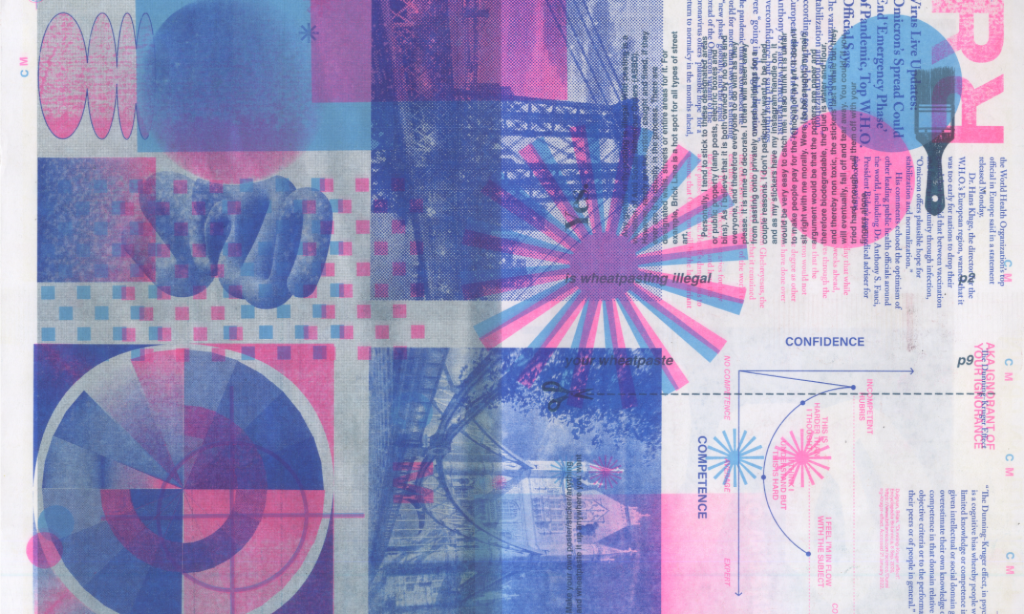










Graphic Communication Design MA at Central Saint Martins










Project One: Week 4 Feedback
My notes on the feedback I received:
My thoughts on the feedback:
The tips on further data tracking, to go deeper into tribes and spaces that are more likely to have a specific look, would be an improvement on the specificity of data collection. I didn’t keep track of age or gender in this project because it was purely observational and I don’t feel comfortable assuming what age and gender the passersby are- but I understand it could add greater knowledge to the data. Perhaps there is a version of this data collection that involves the community and people could volunteer that information for themselves. And as we talked about this data collection is entirely open-ended, I could continue adding to this data set forever, so I downloaded Tableau (data visualisation software) to explore because I think if I want to continue with this I’ll need a better system of organising and tracking the data. To follow up on feedback, like revisiting the spots in different seasons, would be best supported by a stronger organisational system.





































Unit I: Project 1: Week 1











I wanted to pull back and get the feeling of the space; sharp and neat. Professional, clipped, in order, commuting, busy, purposeful. Contemporary and cohesive. Planned. The colors from clothing that people were wearing abstracted into blocks.

The trees, dark green, brown, blending into the grey stones, the brown brick. The monotone grout-fits of passers by. They blend into the space and the space reflects its types. Rather hip, well-dressed, intentional. Planned.
My place as a flâneur – isolated yet universal.
Maybe its the self-awareness / self-consciousness of knowing I’m a foreigner. Everyone looks so in-place. On time. Busy, going where they need to be and are wanted.
I’ve left my full-time job, my schedule, my busy mornings, my rushed end of day to come sit here and watch the passersby. I feel indulgent. I feel a bit useless and a bit relieved; nothing to do but look. Do I notice more here than I did before? Back when there were more things to run around doing. Does everyone look perfectly busy because I’m an outsider and I’m jealous of their wholeness or because I’m suddenly un-busy. I’ve un-busied myself and I’m floating. But I’m not floating through these roads; I’m quite purposefully getting out-and-about in the rain to look.
To look and see neat and orderly put-together commuters pass through the neat and orderly rows of well-groomed trees.
How do we view people in connection to a place? How do we view a place in connection to the people there?
People “make” a place but do places similarly mould people? Do we become who we are because of our cities, not in only in the culture but the architecture?